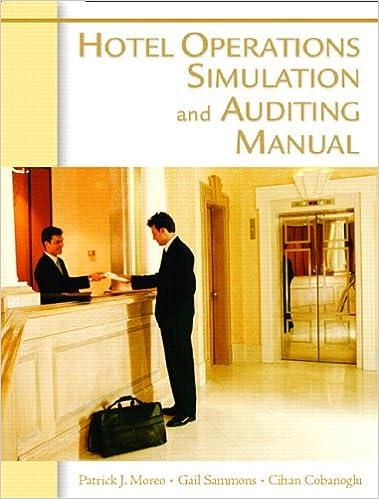2. The Elasticity of Labor Supply and the Laffer Curve. Consider a household with preferences over consumption c and work n given by u(c,l)=c1+11+1/ where >0 and >0 are constants. The household receives a pre-tax hourly wage of w for each hour of work, which it takes as given. The government imposes a proportional tax(0,1) on labor income and dumps the tax revenue in the ocean. The household receives no other sources of income or transfers, and pays no other taxes. (a) Write down the household's utility maximization problem. (b) Solve for the household's choice of consumption and work, (c,n) in terms of parameters. (c) Solve for government tax revenue rev in terms of (and other parameters). (d) Consider 11 different tax rates, {0.0,0.1,0.2,,0.9,1.0}. Solve for hours worked n() and government tax revenue rev() for each tax rate. Plot tax revenue () as a function of the tax rate . What level of taxes collects the most government revenues, and how much is this maximum quantity of revenue? Assume =1,w= 1,=1. (Hint: using a computer can save you a lot of time and repetition.) (e) Solve for the same objects and answer the same questions as in the previous problem, but now assume that =2. (f) Compare your answers in the two previous parts. Provide intuition for any differ- 2. The Elasticity of Labor Supply and the Laffer Curve. Consider a household with preferences over consumption c and work n given by u(c,l)=c1+11+1/ where >0 and >0 are constants. The household receives a pre-tax hourly wage of w for each hour of work, which it takes as given. The government imposes a proportional tax(0,1) on labor income and dumps the tax revenue in the ocean. The household receives no other sources of income or transfers, and pays no other taxes. (a) Write down the household's utility maximization problem. (b) Solve for the household's choice of consumption and work, (c,n) in terms of parameters. (c) Solve for government tax revenue rev in terms of (and other parameters). (d) Consider 11 different tax rates, {0.0,0.1,0.2,,0.9,1.0}. Solve for hours worked n() and government tax revenue rev() for each tax rate. Plot tax revenue () as a function of the tax rate . What level of taxes collects the most government revenues, and how much is this maximum quantity of revenue? Assume =1,w= 1,=1. (Hint: using a computer can save you a lot of time and repetition.) (e) Solve for the same objects and answer the same questions as in the previous problem, but now assume that =2. (f) Compare your answers in the two previous parts. Provide intuition for any differ







